|
I’ve been seeing more and more non-alcoholic wines and wine alternatives pop up in my news feed lately. And it got me thinking, could a wine without the alcohol still taste just as good? And how are non-alcoholic wines made anyway? Is a non-alcoholic wine just grape juice? Of course, with a curious mind like mine I had to find out for myself. So I purchased an array of non-alcoholic wines and wine alternatives to try for myself. Below is my honest opinion of each of these wines! How are Non-Alcoholic Wines Made? But first, let’s answer the question that I’m sure everyone is thinking. Isn’t non-alcoholic wine just grape juice? Simple answer, no. More complicated answer… sometimes. Technically, grape juice can be labeled non-alcoholic wine. But that’s not quite the same thing. True non-alcoholic (or dealcoholized) is produced from wine that has been fermented with yeasts and has undergone a vinification process. This wine then goes through an additional dealcoholization process. If you’re like me and wondering, how the heck do you remove alcohol from wine, don’t worry I’m about to tell you! There are two popular methods for removing alcohol from wines. The first is called vacuum distillation. This process heats the wine up and allows the ethanol to evaporate. Of course, heating the wine can be dangerous, so producers who use this technique heat the wine to the lowest possible temperature that will allow the ethanol to evaporate (about 90 degrees fahrenheit). This method produces a wine with less than 0.5% ABV. The second method is called reverse osmosis. In this method, wine passes through a very tight filter. Since water and ethanol (alcohol) are the smallest molecules in wine, they pass through the filter most easily, separating them from the color, tannin and flavors of the wine. Then the water and alcohol mixture is distilled to separate the alcohol from the water. The water is then recombined with the color, flavor and tannins. Are Non-Alcoholic Wines Any Good? Now that we know how these wines are made, we now have to find out if they’re any good. To answer this question, I tasted 11 non-alcoholic wines at a variety of different price points. Below is my definitive ranking of these wines, starting with my least favorite and leading up to the one I plan to stock up on should I ever need to avoid alcohol in the future!
10. Proxies Velvet
6. Sovi Rosé
2. Töst Rosé
1. Töst
There you have it. Have you tried any of these beverages before? What other questions do you have about non-alcoholic wines? Let me know in the comments below!
2 Comments
Dawn
5/30/2022 12:32:19 pm
You are a champ for tasting these wines so that we can buy the cream of the crop. I’m thinking your top 2 picks would be a nice option at a party/gathering for those who want a no -alcoholic selection.
Reply
Hailey, Cork & Fizz
1/12/2023 05:54:15 pm
I was honestly so curious myself! I’m actually working on a part 2 so stay tuned!!
Reply
Leave a Reply. |
Topics
All
|

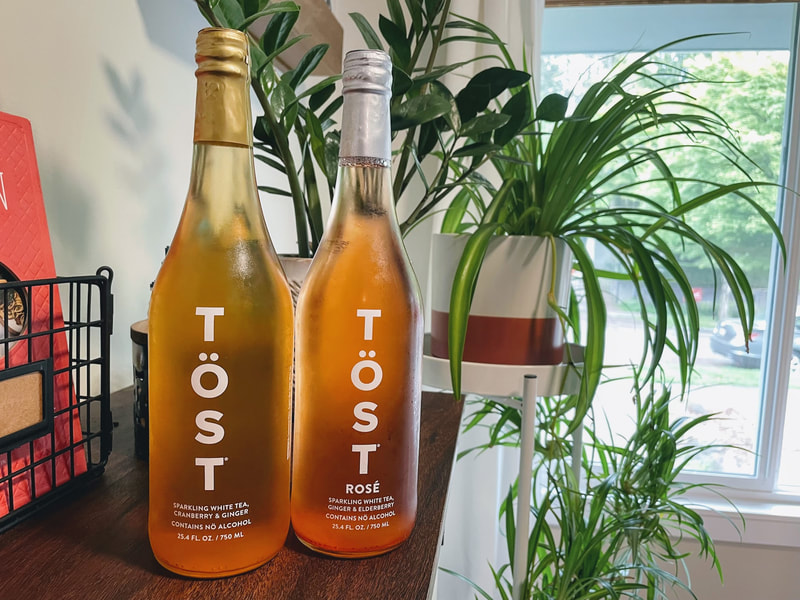
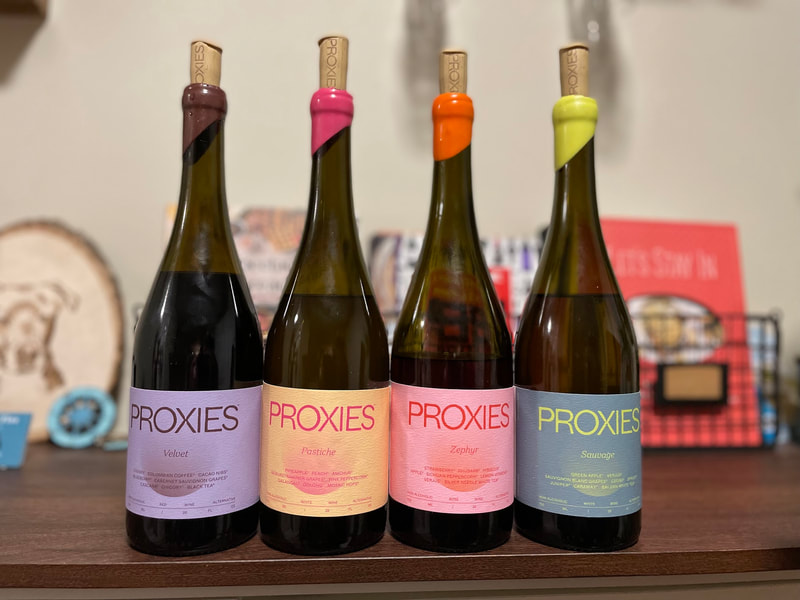
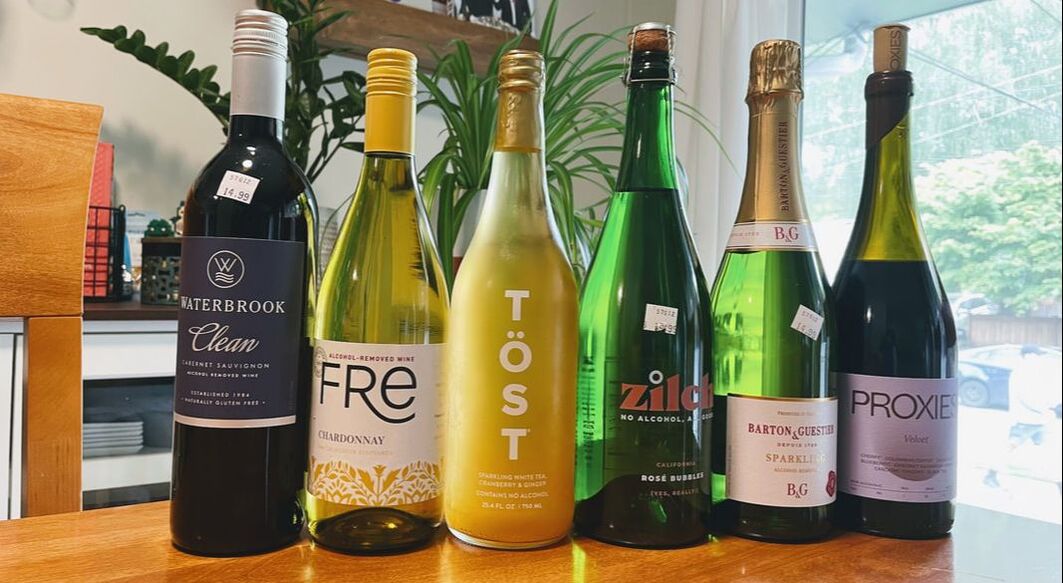
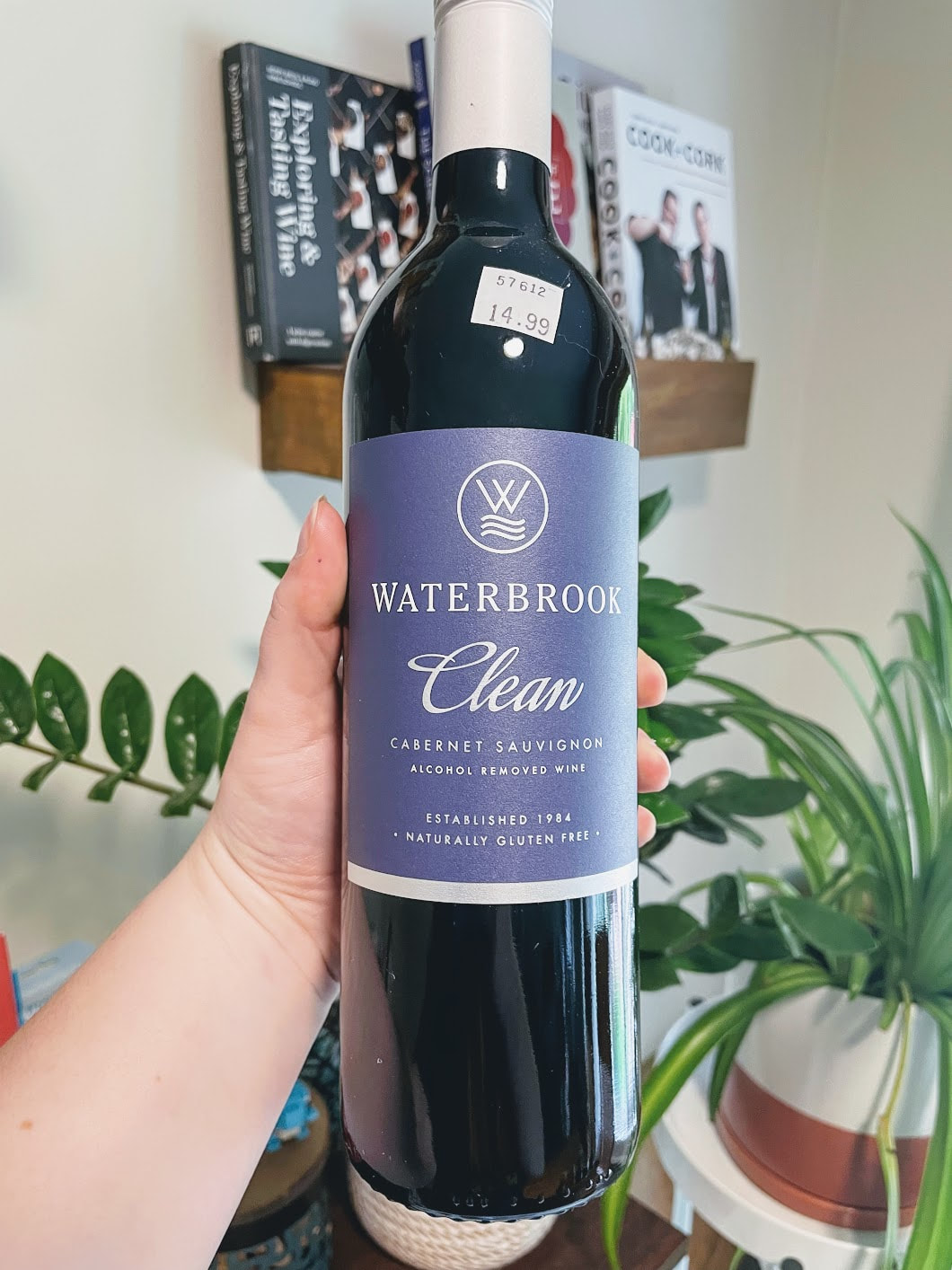
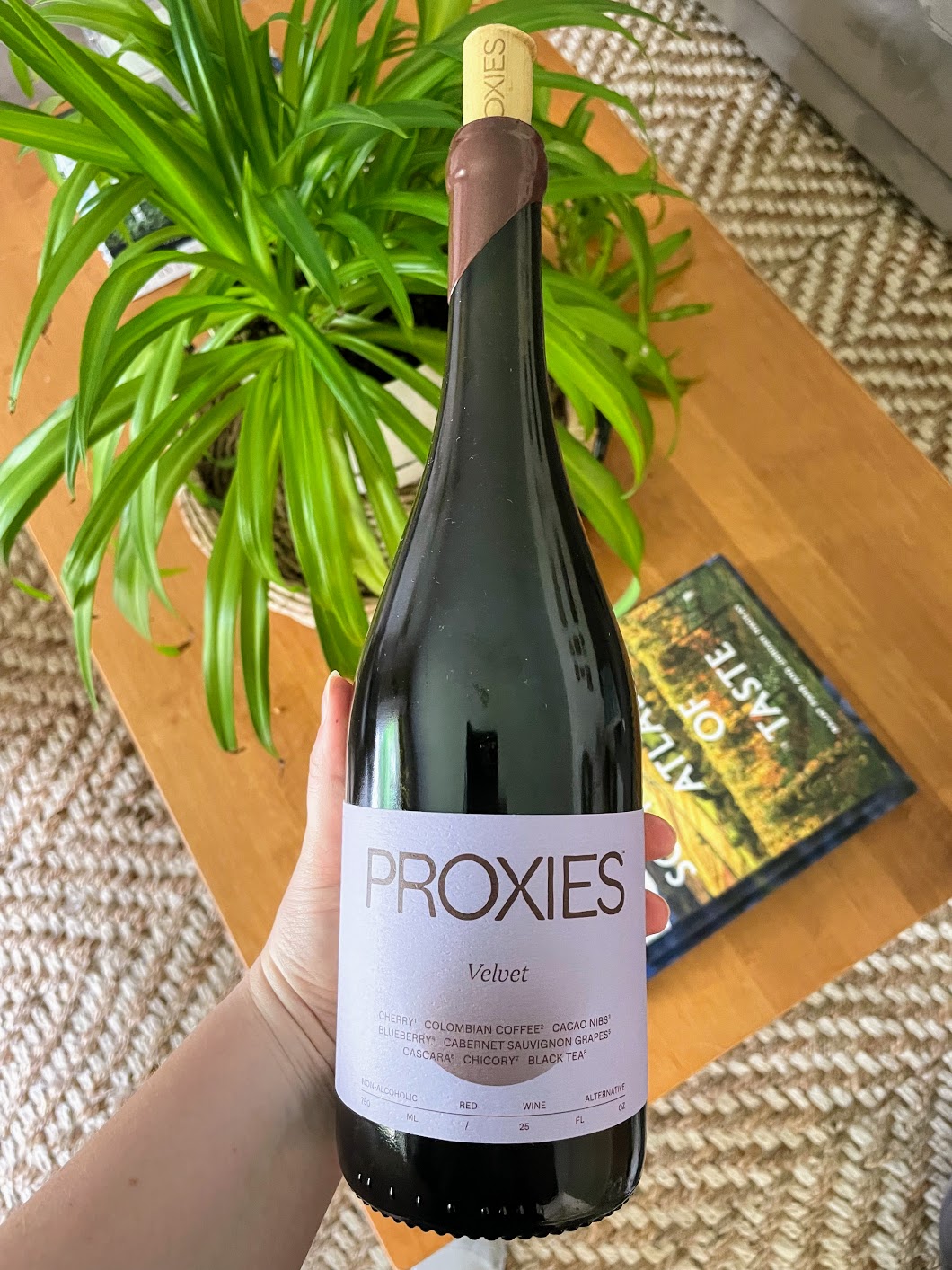
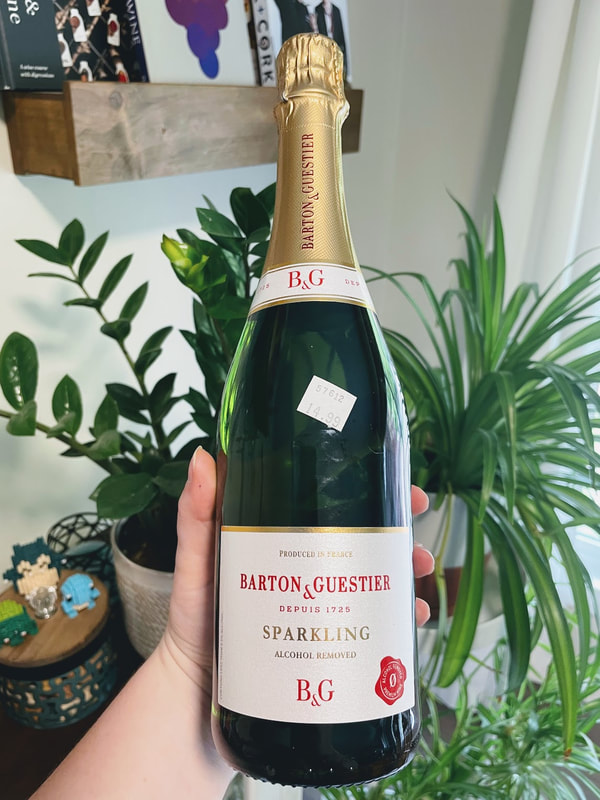
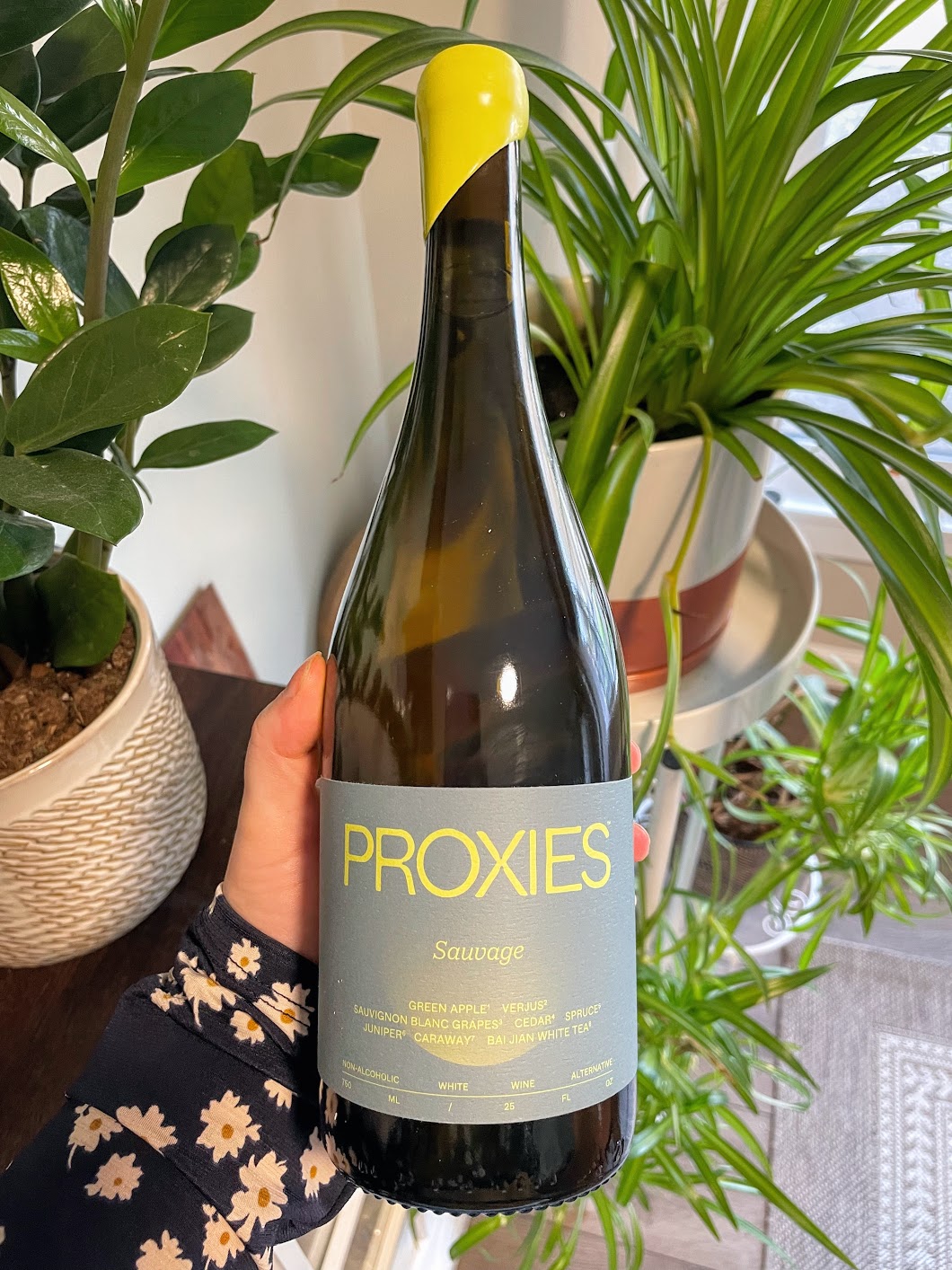
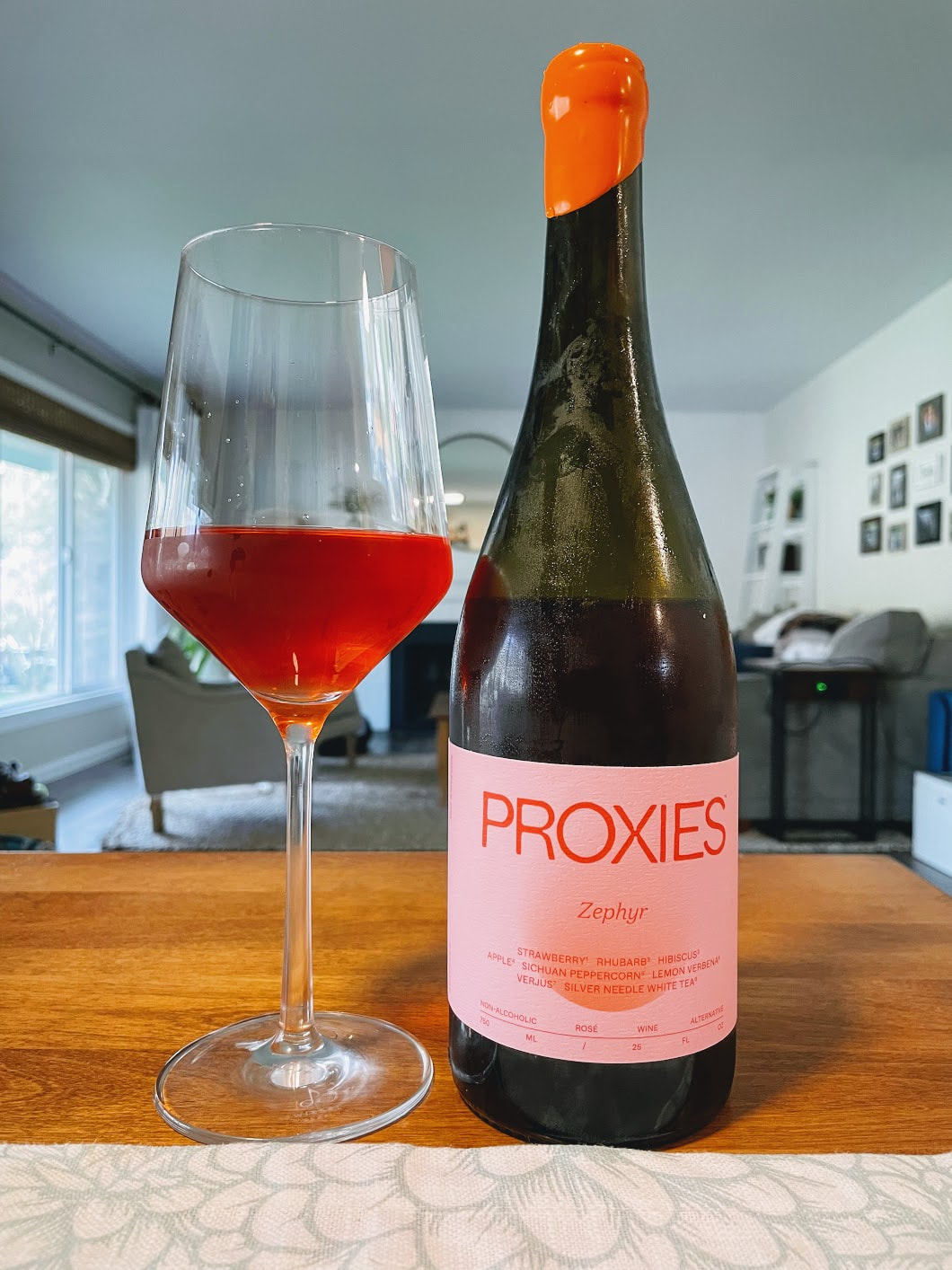
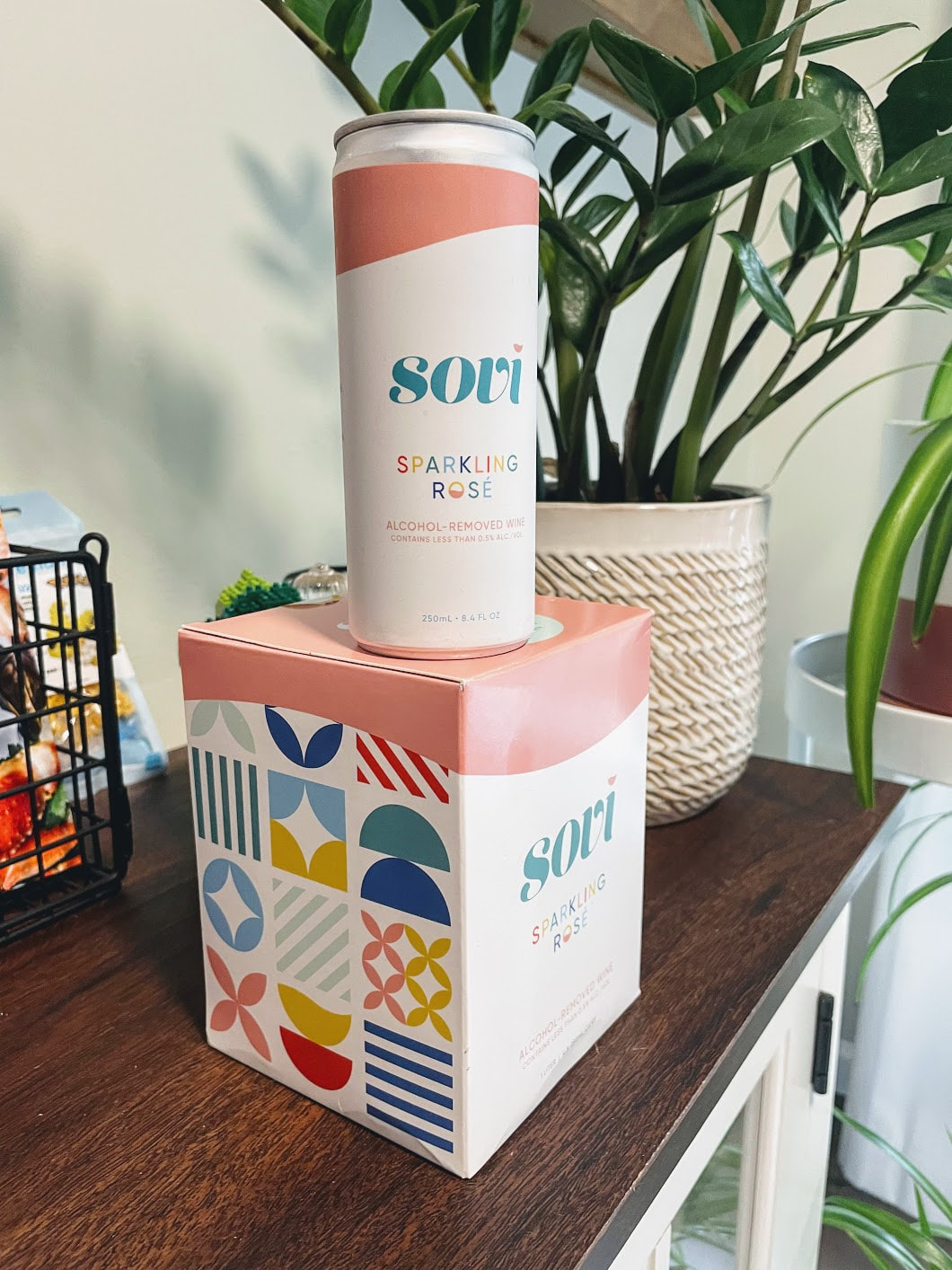
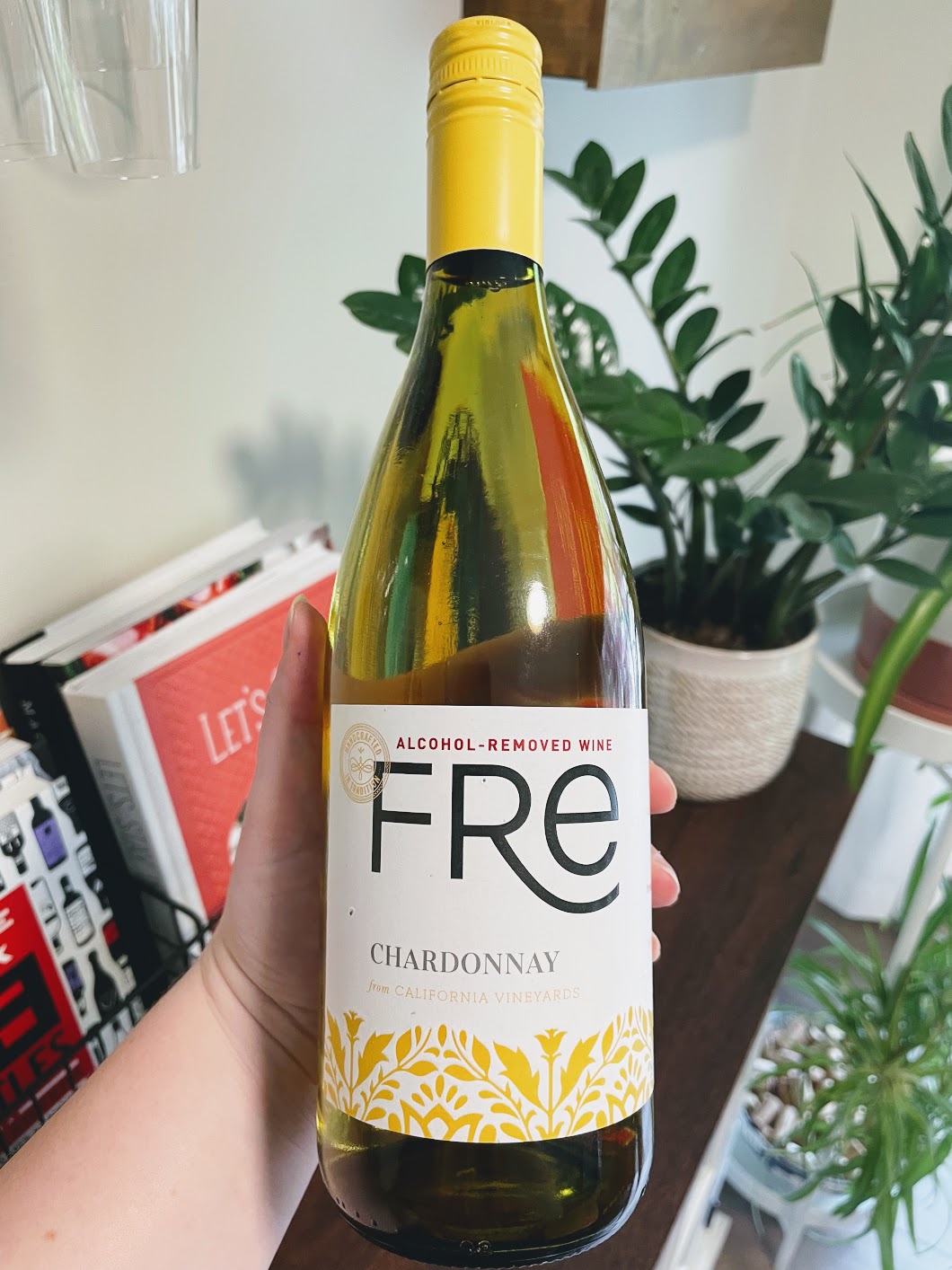
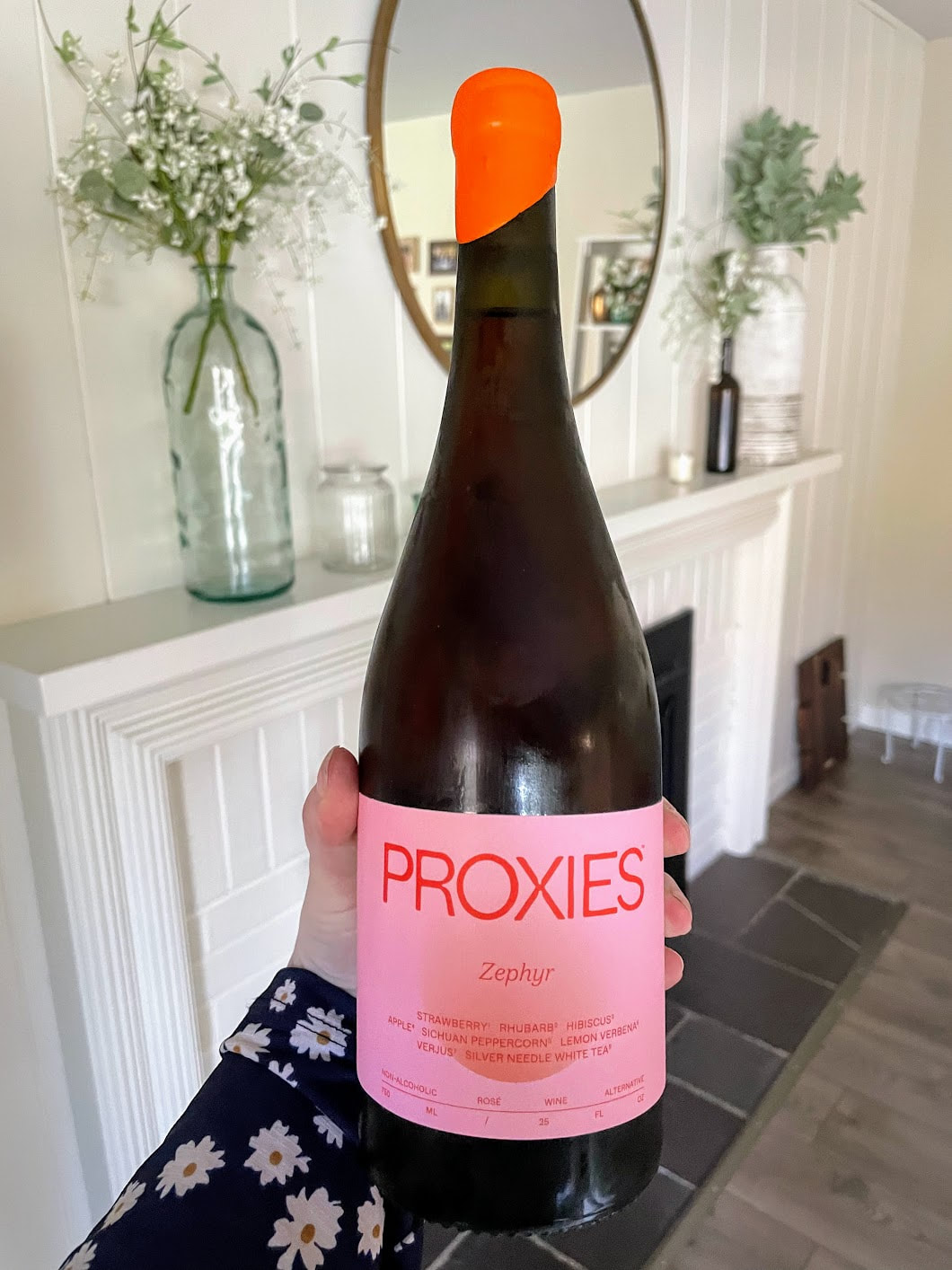
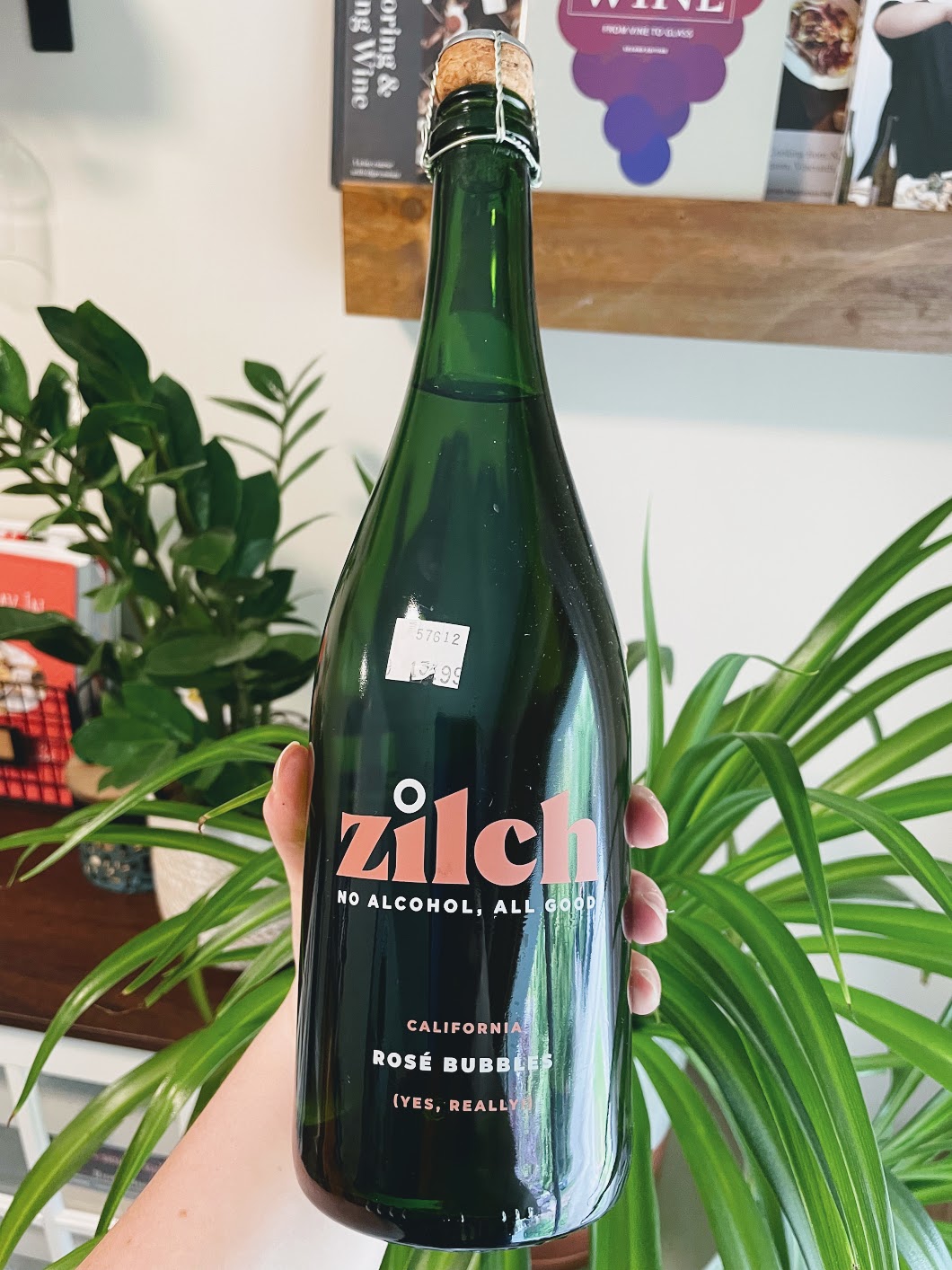
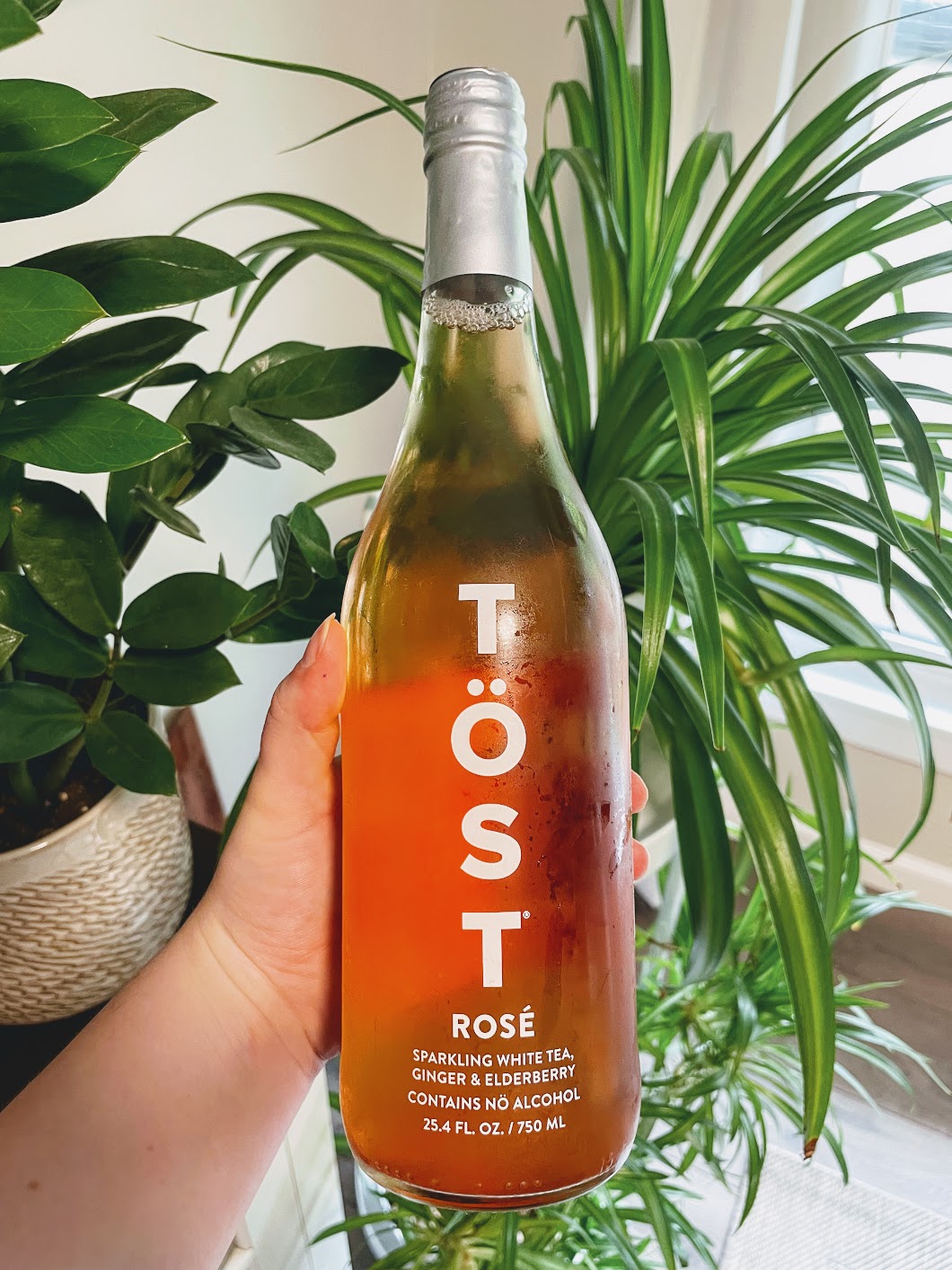
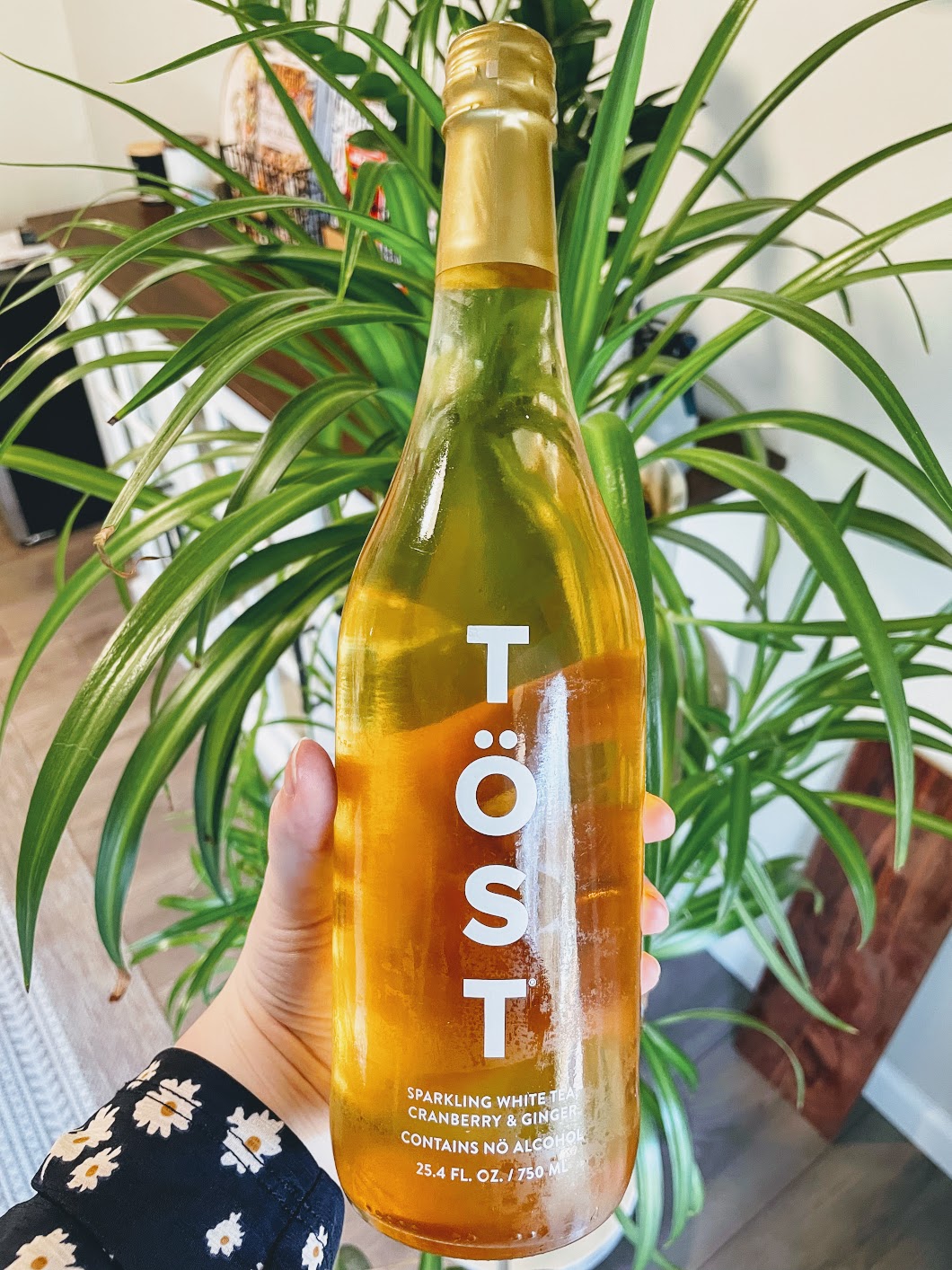
 RSS Feed
RSS Feed